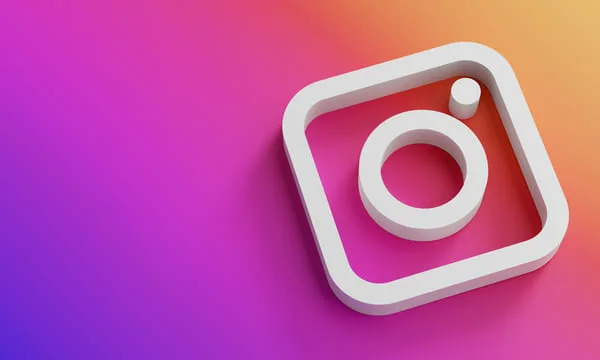App Design and Development Best Practices for 2023 and Beyond
In the ever-evolving landscape of mobile applications, staying ahead of the curve is essential for developers and designers. With 2023 upon us, it’s crucial to understand the latest trends and best practices for app design and development. While innovation is the driving force, it’s equally important to adhere to platform policies, particularly those set by Google Play. In this comprehensive guide, we’ll explore the cutting-edge practices for app design and development in 2023 and the consequences of not adhering to Google Play Developer Program policies.
The Evolving World of App Design
App design is not a static field; it constantly adapts to user preferences, technological advancements, and industry trends. Here are some key design considerations for 2023 and beyond:
1. User-Centered Design
User-centered design remains the foundation of successful app design. Developers need to prioritize user experience by conducting thorough research, creating user personas, and obtaining feedback throughout the development process. Understanding user behavior and preferences is critical for crafting intuitive and engaging interfaces.
2. Minimalistic and Functional UI
Simplicity is the ultimate sophistication. Streamlined, clutter-free user interfaces (UI) are still in vogue. However, the emphasis is now on functionality. Ensure that every element in your app serves a purpose and contributes to a seamless user journey.
3. Dark Mode and Customization
Dark mode is no longer just a trend; it’s an expected feature in apps. Users appreciate the choice between light and dark themes. Additionally, consider allowing users to customize the app’s appearance to cater to individual preferences.
4. Gesture-Based Navigation
Gesture-based navigation is gaining traction as it provides a more immersive and intuitive user experience. Mastering gestures like swiping, pinching, and double-tapping can set your app apart.
5. Microinteractions and Animations
Microinteractions and animations can enhance user engagement and delight. Use them strategically to provide feedback, guide users, and create a memorable experience.
Emerging Development Trends
App development trends evolve in tandem with design trends. Here are some development practices you should be aware of in 2023:
1. Cross-Platform Development
Cross-platform development frameworks like Flutter, React Native, and Xamarin are becoming increasingly popular. They allow developers to write code once and deploy it on multiple platforms, saving time and resources.
2. Artificial Intelligence (AI) Integration
AI-powered features such as chatbots, personalized recommendations, and predictive analytics are becoming a norm. Leveraging AI can enhance user experiences and provide valuable insights.
3. Progressive Web Apps (PWAs)
PWAs are gaining traction as they offer the best of both worlds – the reach of the web and the capabilities of native apps. They are cost-effective and provide a seamless experience across devices.
4. Blockchain Integration
Blockchain technology is finding applications in various industries, including app development. It can enhance security, transparency, and trust in apps, particularly in sectors like finance and healthcare.
5. Edge Computing
Edge computing is poised to revolutionize app performance by processing data closer to the user, reducing latency, and improving responsiveness. This is particularly important for real-time applications and IoT devices.
Consequences of Not Adhering to Google Play Developer Program Policies
While innovation is key, developers must also play by the rules, especially when it comes to distributing apps on platforms like Google Play. Here are the consequences of not adhering to Google Play Developer Program policies:
1. App Removal
Google Play is vigilant about enforcing its policies. If your app violates any of these policies, it may be removed from the platform, causing a significant loss in user reach and revenue potential.
2. Loss of Trust
Violating policies can damage your reputation as a developer. Users trust app stores to provide safe and reliable applications. A single breach of trust can have long-lasting consequences.
3. Financial Penalties
In some cases, Google may impose financial penalties for policy violations. This can include fines or withholding of app earnings.
4. Legal Action
Severe policy violations may result in legal action. It’s essential to operate within the boundaries of the law to avoid legal troubles that can be both costly and time-consuming.
5. Limited Future Opportunities
Once your app is flagged for policy violations, it becomes more challenging to publish future apps on the platform. Google may scrutinize your submissions more closely, making it difficult to regain their trust.
Concussion
App design and development in 2023 are marked by user-centric approaches, simplicity, and the integration of cutting-edge technologies. However, developers must not overlook the importance of adhering to platform policies, particularly those of Google Play. Failing to do so can result in dire consequences, including app removal, loss of trust, financial penalties, legal action, and limited future opportunities. Staying updated with the latest trends and being vigilant about policy compliance are essential for success in the dynamic world of app development. So, keep innovating, but do it responsibly to ensure a bright future for your apps.






